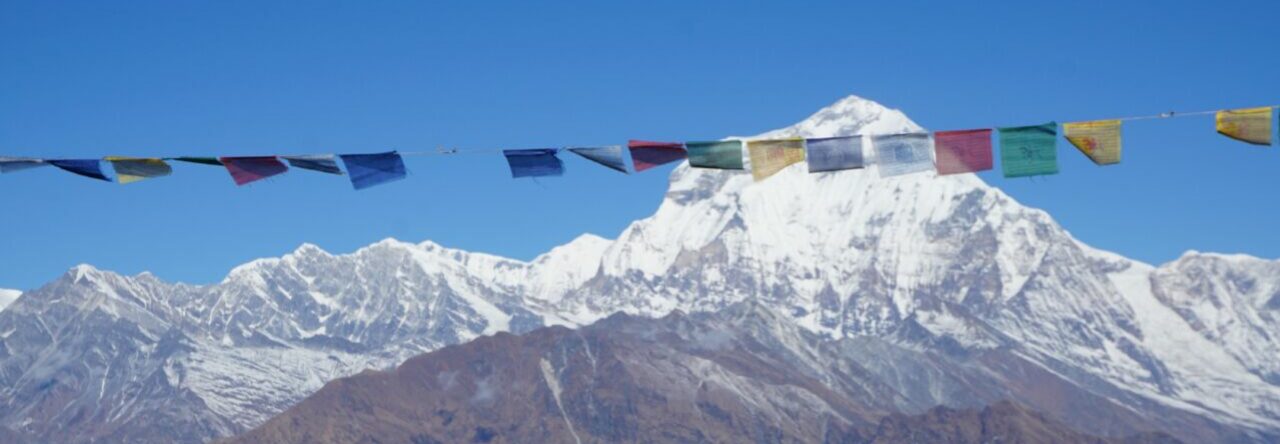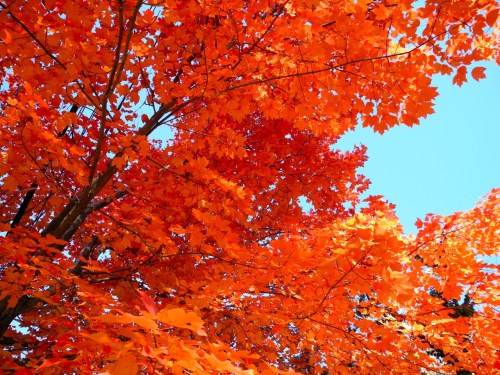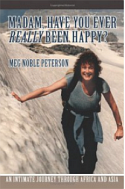(Continuing my trip with Cary through parts of northern India)
 After four days in Suja and Bir, Cary and I headed for Rewalsar, or Tso Pema, a holy pilgrimage destination for Tibetan Buddhists, Hindus and Sikhs. Good friends loaned us an apartment on one of the hills overlooking the sacred lake, very near the exquisite, almost-finished golden statue of Guru Rinpoche, known also as Padmasambhava, the yogi who introduced Buddhism to Tibet. Four years ago we had watched laborers, men and women, constructing the immense statue of the revered Rinpoche sitting on a lotus leaf. Now it had been painted gold and brown, and the outside of the buildings underneath showed snow lions holding up the enormous structure. Inside the main hall were outstanding statues of the Buddha and different Tibetan deities. Every inch of the walls were covered with colorful and exquisitely detailed murals of religious figures.
After four days in Suja and Bir, Cary and I headed for Rewalsar, or Tso Pema, a holy pilgrimage destination for Tibetan Buddhists, Hindus and Sikhs. Good friends loaned us an apartment on one of the hills overlooking the sacred lake, very near the exquisite, almost-finished golden statue of Guru Rinpoche, known also as Padmasambhava, the yogi who introduced Buddhism to Tibet. Four years ago we had watched laborers, men and women, constructing the immense statue of the revered Rinpoche sitting on a lotus leaf. Now it had been painted gold and brown, and the outside of the buildings underneath showed snow lions holding up the enormous structure. Inside the main hall were outstanding statues of the Buddha and different Tibetan deities. Every inch of the walls were covered with colorful and exquisitely detailed murals of religious figures.
This little town is charming and rather quaint, with the main road leading to a walkway where Buddhists can do kora around the lake shore. Monkeys chatter and swing in the trees, a bank of fluttering prayer flags spans one end, and swarms of open-mouthed, ugly fish gather (which are considered sacred) at the edge for pellets that tourists throw their way. Dogs–all of whom seem to be related–lie around, oblivious to the danger of incessant traffic. One huge black bull, almost a mascot in town, stands chewing garbage and cardboard, or begging for leftovers at the various restaurants. He can be seen scratching his head against a post, unless some kind soul does it for him (yes, I did). A benign creature for sure, he is the animal of choice when a farmer has a cow in heat. Gossip has it that he has an envious life!
Cary has a close connection with Lena Feral, an American Lama and practitioner of Oriental medicine, who lives on the hill above the statue. They met when she served as interpreter for Lama Wangdor’s teachings on Buddhism in the U.S. He resides in the holy caves, and we climbed the steep hill to meet with him and several of the nuns who live there. Cary had done a retreat in one of the caves three years ago.
Meeting with the Lama is always a joy. Like the Dalai Lama, he has a fine sense of humor and a bouncy personality, despite the hardships he suffered escaping the Chinese troops years ago, carrying his elderly teacher on his back. We had the pleasure of two meals with him (the homemade yoghurt is unrivaled in my experience), and of meeting with many nuns who need sponsoring. Cary handed over gifts and letters to those who are already sponsored.
We also continued our search for the sweetest papaya this side of heaven…something we seldom get to eat at home. It became a daily ritual all the way to Delhi.
We had many discussions about the vast differences between our way of life and that of the people we observed. I found it ever more difficult to accept, and was continually trying to rein in my judgment of the environmental pollution, the sub-standard living conditions, the garbage, and the dirt. I was gratified to see that Tso Pema now has a garbage truck attached to a tractor that drives through the streets each morning and picks up trash–or waits while people throw bucketfuls of debris in the truck. This is something both the government and the citizens must change to keep their rivers and water from being completely polluted.
We returned to the Suja TCV school for Christmas Eve just as the director was distributing 1,000 wool shawls to the students, given by a Swiss benefactor. The children were overjoyed, for it was really cold. That evening we had a festive meal at Sonam and Tsering’s apartment above the Tibetan Medical Clinic in Bir. Sonam surprised me with a Christmas tree made from a leafy green plant, adorned with some small katas (white shawls), and a medallion on the top. There were several candles burning while I sang God Rest Ye, Merry Gentlemen and Silent Night. We did our own small exchange of gifts before leaving at midnight.
Before departing Suja, we spent time with an outstanding student, Shawo Choeden, sponsored by my grandson, Thomas Bixler. He wanted us to see his book collection, which took up his entire cupboard, and he gave us copies of the literary magazine he edits. At sixteen he’s a very serious student and the year before had asked Cary to bring him books on leadership, which she did. After only having studied English for three years, he is wading through tomes that are still daunting to me! On our first visit, we asked if he needed anything. He was hesitant to tell us, but we discovered that he could hardly read the blackboard and was having trouble seeing, even though he held his books close to his face. He was terrified that he would lose his sight. After getting his eyes examined and fitting a new pair of glasses (750 rupees, about $16.00), he stepped out of the office, grinned and said, “It’s a whole new world out there!”
Shawo arises at 3 A.M., prays and meditates for half-an-hour, then reads and studies until breakfast. We let him know that wherever he goes, or whatever he needs, he has a family the United States that cares very much for him.
During our final four days in McLeod Ganj, we met with an outstanding young man, Thrinley Gyatso, who taught himself English as well as attending the transitional school there, and is now doing translations and working for a Swiss N.G.O. He has already translated a book written by a close friend, who spent six months, incognito, in Tibet, observing the changes going on and the draconian Chinese restrictions perpetrated on the Tibetan community. It’s a candid journal. I’ll write more about it after its publication.
He also made us aware of the current practice of “selling” young children from Bihar, a very poor part of India, as servants to businesses and homes in northern India. This is done by arrangement with the parents, who receive 400 – 500 rupees a month (about 10$), to the detriment of the children, who receive little or no education during their formative years. We saw a lot of this in restaurants and stores, a most disturbing problem, but one being openly discussed by thinking people in Indian and Tibetan society. It is very controversial, with some people claiming that the children are often better fed and cared for than they would be in Bihar.
Back to the present: Our friends from Whidbey Island, Anne and Don Zontine, world travelers extraordinaire, whose philosophy and mode of travel is similar to mine, arrived on Sunday and are hunkered down in a cozy room (for 200 rupees) near us. We’re having a ball–swimming twice a day, poking around the beautiful back alleys of Gokarna where temples abound and sacred washing and bathing takes place in a huge rectangular “lake,” and eating at one of several superior restaurants in town and on the beach. An average meal costs about $3.00 or less. And, yes, the lassis are made from pure yoghurt and fresh fruit. That’s as good as it gets!






